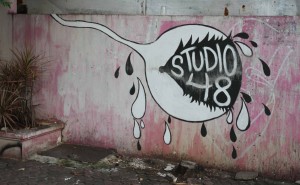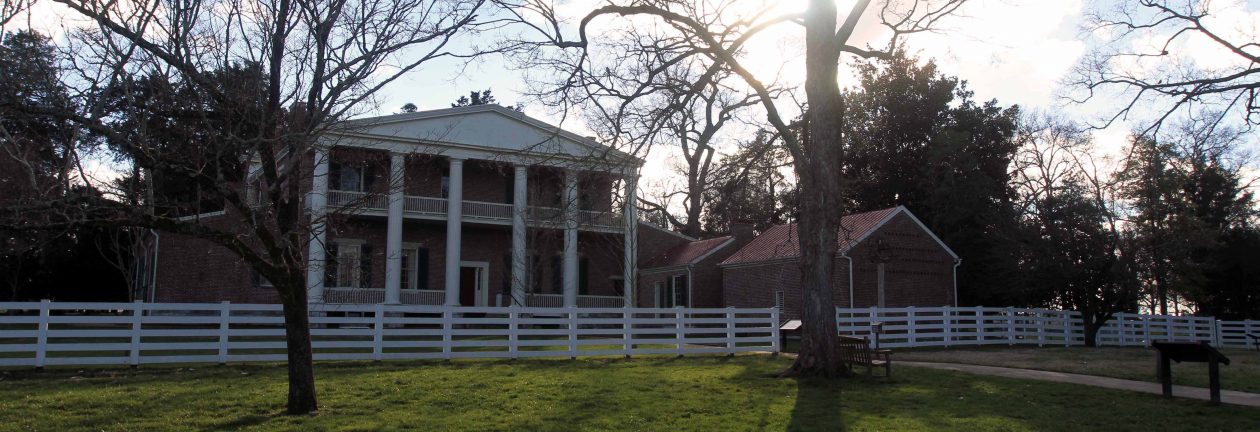Jakarta, Indonesia
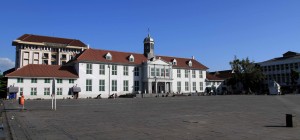
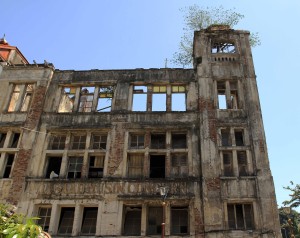
I stayed up until 02:00 to watch Germany and Argentina play against each other in the World Cup Final. I made it through the first half, but shortly after the second half started I passed out and therefore missed Germany’s victory in Brazil. I then woke up at about 08:40, got ready, and got out of the hotel to explore the Kota Tua (Old Town Batavia) in North Jakarta. I walked north along one of the main roads and came across a Dunkin’ Donuts and was overcome by an irresistible urge to buy some delicious donuts and a cup of coffee. After that brunch, I continued on north, walking for about one hour before I reached the public square in Kota Tua. There were many old Dutch colonial buildings surrounding the square such as the Indonesia Post Office, the old Government building (now a museum), a Fine Art and Ceramics Museum, and the Museum Wayang (a museum on Indonesian puppetry). As with most museums across the world, these were all closed today on account of it being Monday today, so I just walked around the square and admired the old buildings. Very near the square, there were a few scattered buildings that had been gravely neglected; their roofs had collapsed, windows missing, and trees and bushes growing in and on what remained of the structure; it reminded me of World War Two photos depicting cities that had been destroyed from fighting and bombings.
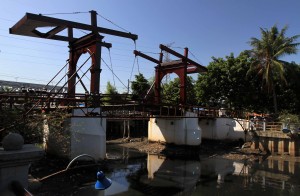
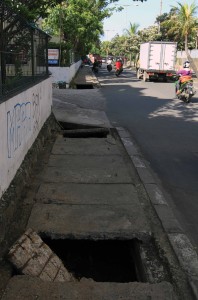
From the square I walked further north to see the Kota Intan drawbridge; the original bridge dates back to 1628, though the current incarnation dates back to 1938. On the way to the canal I had to cross a street that had an endless stream of traffic; I pressed the crosswalk button and when it was time for me to cross, I noticed no cars or motorbikes were stopping even though they had a red light; the oncoming vehicles only stopped when I was directly in front of them; I noticed these driving habits throughout my walk today and yesterday in Jakarta – unless it is a major intersection (usually with a “Polisi” officer present) drivers will pay no mind to traffic lights and all the pedestrians I had witnessed cross busy streets will do so at opportune times and just hold out their hand to signal vehicles to stop; being unaccustomed to this sort of behavior, I usually would just follow closely behind these fearless Indonesians and cross with them. Also, many of the sidewalks are blocked with poles, automobiles, motorbikes, and stalls peddling different types of merchandise; when there is a sidewalk, there may be large chunks of reinforced concrete missing and holes filled with stagnant green-brownish water full of the most vile bacteria (I assume); this means I have to side-step all these obstacles by walking on the roads, sometimes facing traffic and sometimes not; it is very dangerous walking around in this city, but – to their credit – the vehicle operators have been pretty good about slowing down, stopping, or going around pedestrians, usually without even touching their horn – a welcome change compared to the Philippines, China, and Mongolia. Anyway, I finally made it to the old drawbridge, walked on it, and looked at the disgusting water below.
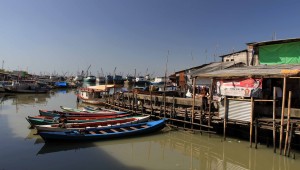
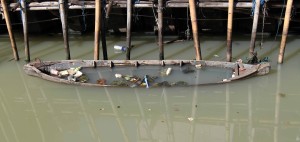
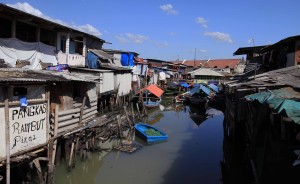
I then walked even further north, passing by the Museum Bahari which had an old tower present on its grounds. Then I walked into the open market, which had a number of winding streets and narrow alleys with stalls selling various goods such as fish. I took a turn and found myself in a labyrinth of a genuine slum. The buildings were close to each other, making the passages narrow, many children were out playing, mothers cleaning or preparing dinner, young men smoking, and many cats wandering around. It was a poor part of the city (though later I would see a more poverty-stricken neighborhood), but the people were all very nice, many of them (mostly children) would greet me with a “Hello” or “Hi Mister” and no one demanded I try to buy their goods or tried to scam me (unlike other countries I’ve visited during this trip); generally they all had a content attitude in spite of their plight. After making my way through the slum, I found myself in a warehouse zone and for some reason one compound had a moat around it filled with more nasty water.
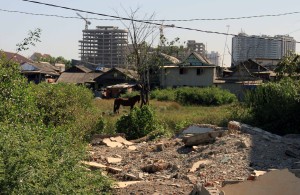
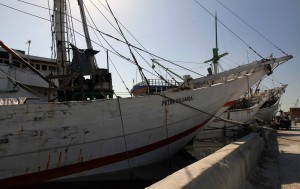
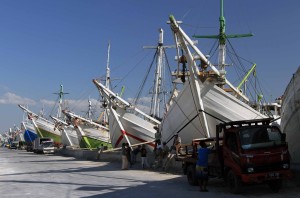
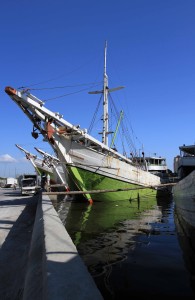
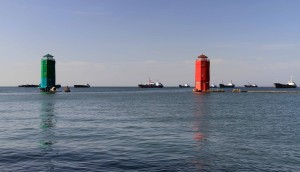
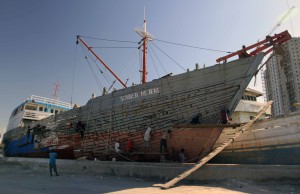
I then found my way to Sunda Kelapa Port (the old harbor), paid the entrance fee, and then walked along the harbor, looking at all the small traditional Indonesian two-masted sailing ships (called “pinisi”) docked along the port. Some pinisi boats were idly still, others were loading or unloading cargo, and I watched two that had their hulls being maintained/repaired. Once again many people greeted me, practicing their “hello”s or “hi”s on me, a few asked if I wanted a water taxi ride to the market, but I told them I just came from there and declined their offers. I walked to the end of the harbor where I could see the waterway’s entrance, marked by two lighthouses, one green and one red. I the turned south and walked back through the harbor. I continued along, passed through an even poorer slum then the one I had passed through before; it was located along a canal and was built mostly of plywood and had the outhouses over the canal; there was much trash (some of it collected and separated in to distinctive piles) and the people residing there appeared to have much less in their possession compared to the last slum I walked through; also, once again, the people in the slum were friendly and courteous to me. I then passed through Old Batavia square again and then walked all the way back to my hotel – my lower body is getting a great, though tiring, workout during this trip, but unfortunately it is at the expense of my upper body (I need to start forcing myself to do push-ups each day).
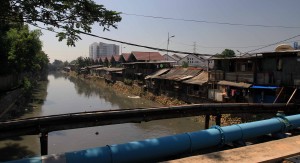
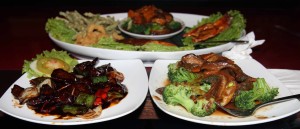
When I neared the hotel I decided to walk around to find a nearby convenience store. I walked for about an hour and discovered that the nearest store is about a mile’s walk away – very inconvenient. Oh well. I then went back to the same restaurant I ate at the night before and had three more dishes (a mix of beef, onions, and bell peppers smothered in a barbeque sauce; a mix of broccoli, carrots, mushrooms, and a sauce; a sampler platter which contained shrimp, salmon, fried calamari, fried beans, and a small dish similar to the broccoli one I just described). Once again the food was all well done and instead of another weird and funky drink, I just had water and lemon tea. I then walked back to the hotel, showered (I sweated a lot today and salt stains are all over my shirt), and rested my tired legs.
